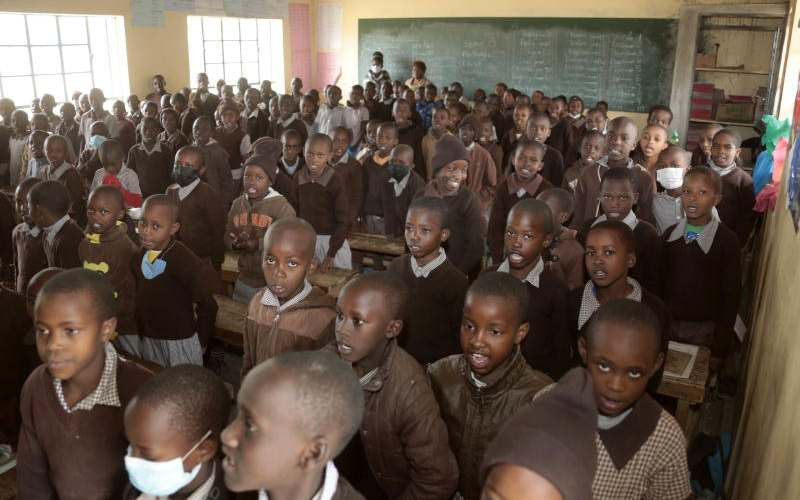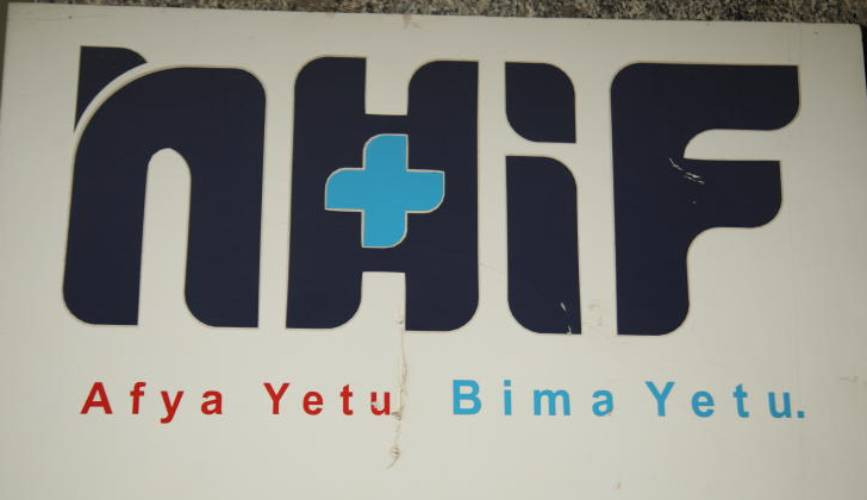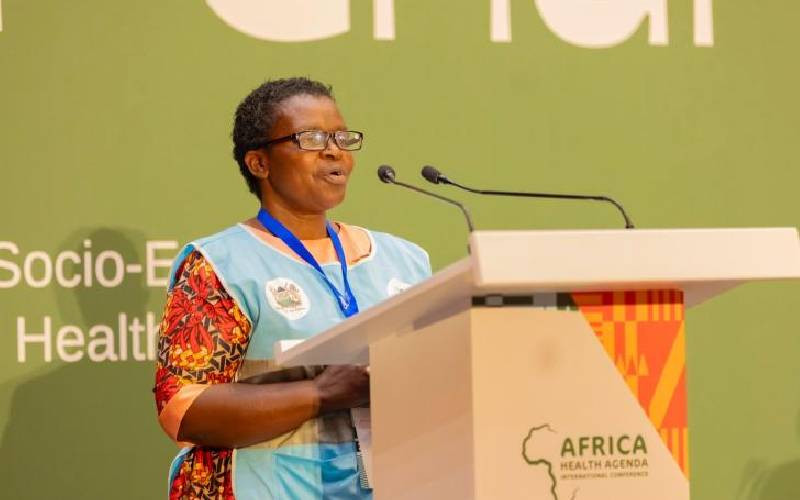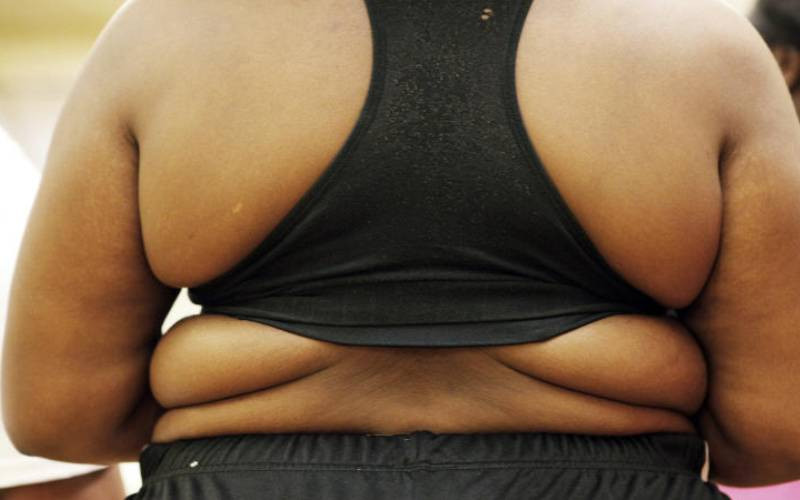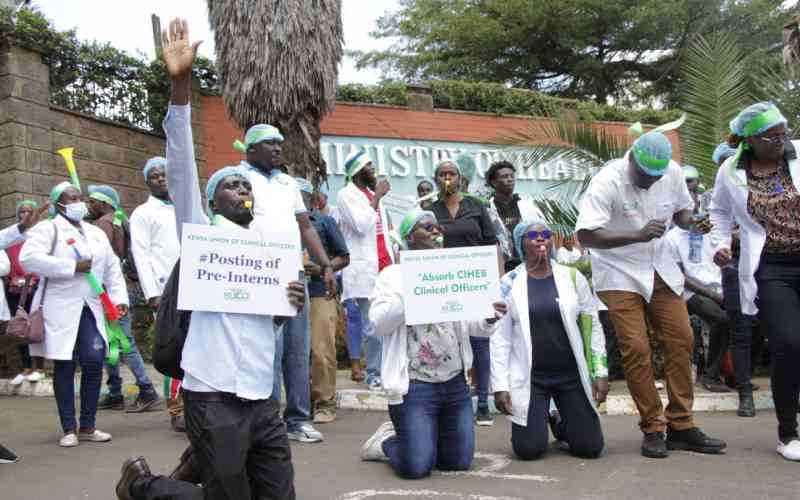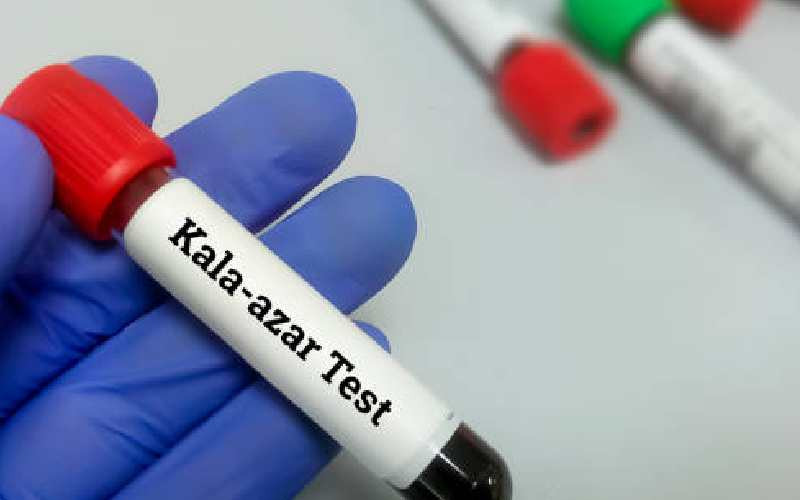
The Drugs for Neglected Diseases Initiative (DNDi) has said Kenyans suffering from Visceral Leishmaniasis (Kala-azar) will no longer go through the painful 17-day injection treatment after the successful clinical trial of a better, shorter new combination of treatment.
Trials that were conducted in Eastern Africa showed that combining Miltefosine (oral drug) and Paromomycin (injection drug) reduced daily injections and hospitalisation from 17 to 14 days.
The study began in 2017 in Kenya, Ethiopia, Sudan, and Uganda and the results showed the new combination as being 91 per cent effective in treating Kala-azar.
Prof Ahmed Musa, Deputy Vice-Chancellor, of the University of Khartoum and Principal Investigator in the trial conducted in Sudan says the "new treatment will eliminate the painful and toxic injection from the treatment."
Kala-azar is caused by protozoan parasites transmitted by the bite of infected female phlebotomine sandflies.
Its symptoms include fever, anaemia, weight loss, and enlargement of the spleen and liver.
DNDi ranks Kala-azar as the deadliest parasitic killer after malaria if untreated.
Children will benefit from the new combination treatment as it reduces the period for hospitalisation besides lowering common complications like post-Kala-azar Dermal Leishmaniasis (PKDL) to four per cent from 20.9 per cent.
This means that there will be a reduction in transmission since post-Kala-azar Dermal Leishmaniasis patients are a source of infection to sandflies.
The World Health Organisation (WHO) says the disease mostly affects the poor and is associated with malnutrition, population displacement, poor housing and a weak immune system.
It is linked to environmental changes like deforestation, dam constructions, irrigation schemes, and urbanisation.
WHO estimates there are between 50,000 and 90,000 new annual cases globally. In 2020, more than 90 per cent of new cases were in Kenya, Ethiopia, Eritrea, Somalia, South Sudan, Sudan, Yemen, Brazil, China, and India.
The current first-line treatment in Eastern Africa consists of paromomycin, an injectable antibiotic used in combination with Sodium Stibogluconate that is administered intravenously or through two injections daily for 17 days.
Prof Musa said this treatment "has a significant socio-economic impact as patients are forced to stay in hospital for extended periods and have to miss school or work."
The patients may suffer side effects like cardiotoxicity, hepatotoxicity, and pancreatitis associated with Sodium Stibogluconate.
Dr Monique Wasunna, DNDi Eastern Africa Regional Director in Kenya, terms the new combination treatment "a historical step forward for dreadful and neglected patient populations."
Acting Director General for Health, Dr Patrick Amoth, said the results of the clinical trial "would contribute to the strategic goal of reducing morbidity due to Leishmaniasis by 60 per cent by 2025."
Dr Fabiana Alves, Director of the Leishmaniasis and Mycetoma cluster at DNDi said "our goal is to radically transform treatments for Visceral Leishmaniasis by developing patient-friendly oral therapies that are affordable, safe, and effective in all regions."
 The Standard Group Plc is a multi-media organization with investments in media platforms spanning newspaper print
operations, television, radio broadcasting, digital and online services. The Standard Group is recognized as a
leading multi-media house in Kenya with a key influence in matters of national and international interest.
The Standard Group Plc is a multi-media organization with investments in media platforms spanning newspaper print
operations, television, radio broadcasting, digital and online services. The Standard Group is recognized as a
leading multi-media house in Kenya with a key influence in matters of national and international interest.

